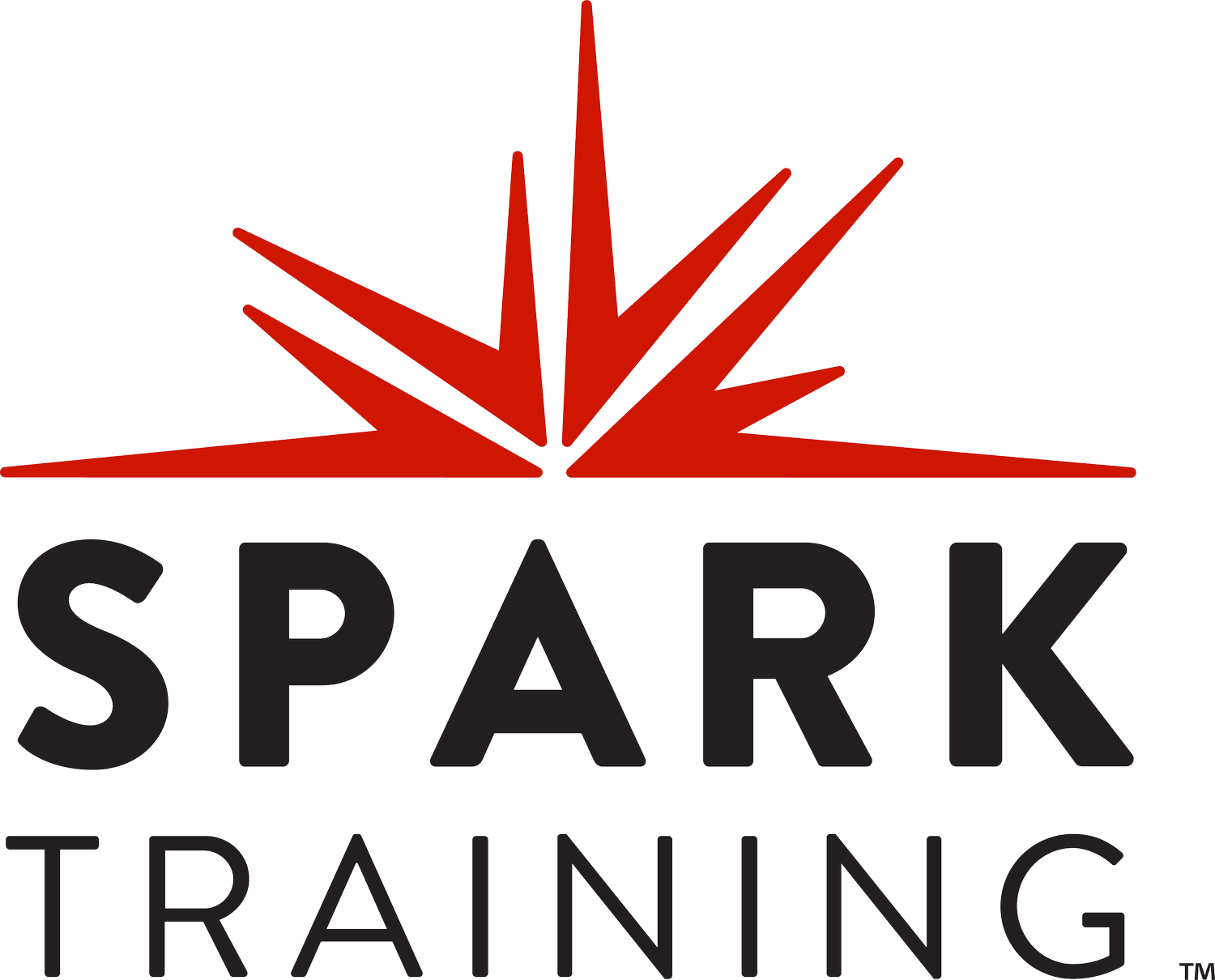Suicide Prevention Series: Consider Structure & Architecture
The last two years of the pandemic have been challenging for many. Jennifer* lost her job in the early days of lockdowns and found herself coping with the stress and isolation with alcohol. Her husband, at his wits end, threatened divorce and moved out with their children. Shortly after, Jennifer was involved in serious car accident while intoxicated and was booked into the county jail. After repeated and failed efforts to contact her husband, she decides to take her life. In a cell by herself, Jennifer sees that a corner of her cell is outside the view of the surveillance camera. She waits until the officer completes rounds and loops her pants around the sink and over her head. She is found beyond rescue.
*Based on true events. Names and identifiers have been changed.
Evaluate your facility for ligature risk
Hanging or asphyxiation is the most common method of suicide in a jail. A ligature point is anything used to tie-off material for hanging or strangulation. You may be surprised to learn that many hangings happen from a tie-off point below four feet high. Detainees have access to clothing and bedding that can be used to make a noose or other strangulation device. Regardless of the age of your building, routine evaluations should assess for ligature risk. For example, cell bars allow for a clearer line of sight but may increase the risk of suicide by hanging due to multiple ligature/tie-off points. Another example might be group toileting and shower areas where some privacy is allowed. This information may help you make decisions about housing and supervising detainees at risk for suicide.
Limitations to redesigning or remodeling your facility do not lessen your commitment to provide a safe environment for detainees at risk for suicide. Clear lines of sight are essential to recognizing a crisis and responding. Suicides can happen at any time and mere minutes can mean the difference between life and death. Materials that are durable yet allow for a clear view into housing units and cells are recommended, such as plexiglass.
Not sure where to start? Professional risk assessment and documentation can support your team in evaluating your facility for ligature risk.
Consult before construction
The architecture of a jail may improve security for detainees and jail staff. Many suicide prevention projects focus on the professional actions of custody and health care staff; however, the layout and structure of the facility can be just as important, if not more so.
Consider the physical structure of your jail and identify areas where attention and monitoring may be needed related to suicide prevention. The jail environment should be designed and constructed with ligature risk in mind – whether the project is a remodel or new build.
Consider the following structural recommendations when evaluating housing for those at risk for suicide:
Beds and plumbing should not have open spaces (e.g., solid platform beds, ligature resistant sinks & toilets)
Sprinkler heads and lighting fixtures should be inaccessible and unable to bear weight
Mirrors should be non-breakable and flush mounted to the wall
Privacy doors with the ability to see detainees’ heads and feet should be used rather than solid barrier walls or shower curtains with traditional rods
The good news is a consultation by behavioral health experts is available –consult before construction.
For more information, please contact training@sparktraining.us.
Disclaimer
All materials have been prepared for general information purposes only. The information presented should be treated as guidelines, not rules. The information presented is not intended to establish a standard of medical care and is not a substitute for common sense. The information presented is not legal advice, is not to be acted on as such, may not be current, and is subject to change without notice. Each situation should be addressed on a case-by-case basis. When in doubt, send them out!®





















